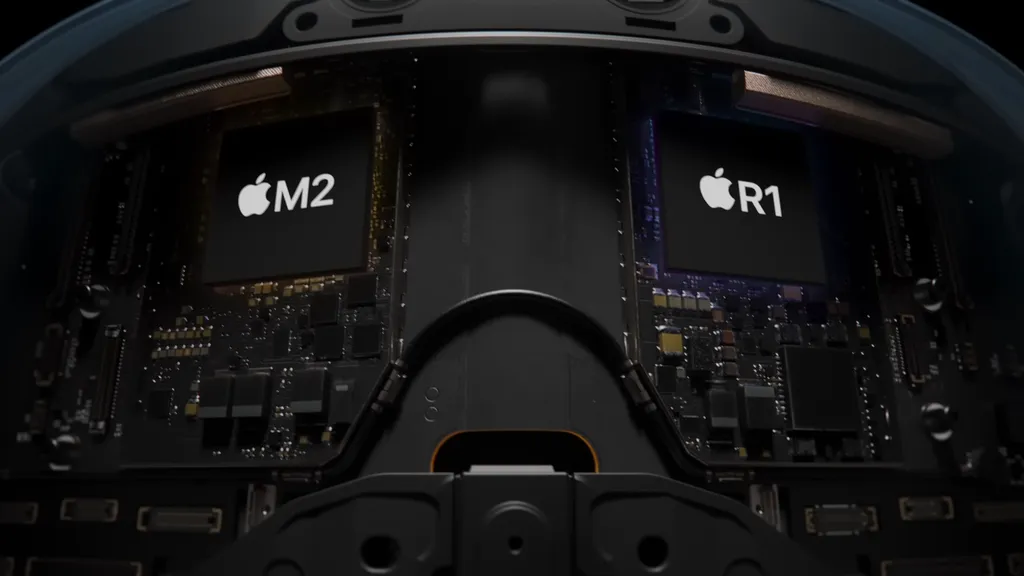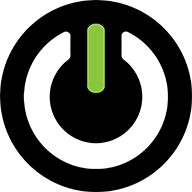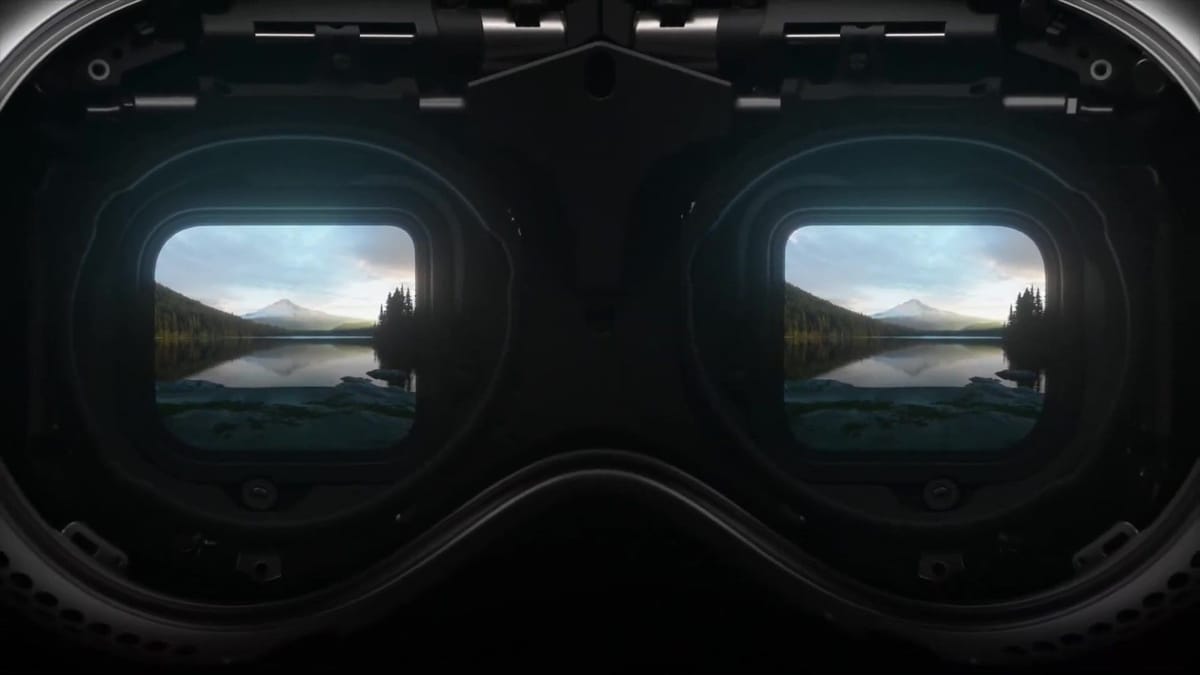Prominent supply chain analyst Ming-Chi Kuo claims mass production of a refreshed Apple Vision Pro with an M5 chipset is expected to begin in the second half of 2025.
Ming-Chi Kuo has been reporting on Apple's supply chain for more than 10 years. While many of his claims end up at least partially true, it's important to note that others don't.
The current Apple Vision Pro, released seven months ago, uses Apple's M2 chipset. Vision Pro's launch was reportedly significantly delayed from Apple's original intended timeline. By the time it launched, Macs using the newer M3 chip had already been shipping for months, and just three months later the new iPad Pro with the M4 chip was released.
Apple claims M4 has a 50% more powerful CPU and 4 times more powerful GPU than M2, suggesting the M5 Vision Pro could deliver a phenomenal performance increase.
Kuo claims that the supply chain for the M5 Vision Pro will "mostly stay the same", and thus "other hardware specs and designs won’t change much, which should help lower costs and price points". Saying that, he doesn't expect the price to change "much", suggesting this will still be a very expensive headset.
A Cheaper Vision Headset Is Coming Too
As well as this Vision Pro refresh, many reports point to Apple putting its primary focus into delivering a cheaper non-Pro Vision headset.
Kuo first reported that Apple was working on a cheaper headset a full year before Vision Pro was even revealed, with Kuo at the time saying Apple aimed to launch it in 2025.
Last year Bloomberg's Mark Gurman, who reliably reported many details of Vision Pro before it was officially revealed or even acknowledged to exist by Apple, too reported on the existence of this cheaper headset, saying it will feature an A-series chipset (used in iPhones) instead of an M-series chipset and is "likely" to lack the EyeSight front display. In that same report last year, Gurman said Apple "discussed prices ranging from $1500 to $2500".
But more recently, Gurman has reported that Apple is "still flummoxed by how exactly to bring down the cost". The Sony micro-OLED displays in Vision Pro are the main reason for its high price, and Apple is reportedly struggling to secure cheaper micro-OLED displays that meet its quality standards.
In June a South Korean outlet reported Apple was asking LG and Samsung about supplying these micro-OLED displays, after reports of displays from SeeYa and BOE, the companies providing the micro-OLED displays for Bigscreen Beyond and Immersed Visor respectively, not meeting its quality standards.
And earlier this month, the same outlet reported that another major display provider, Japan's JDI, is pitching Apple a regular OLED panel, which would be cheaper and easier to manufacture, but may either be too large or too low resolution for Apple to accept.
It's clear that delivering a cheaper Vision headset that delivers a similar experience as Vision Pro will be a momentous task for Apple. An M5 refresh of Vision Pro on the other hand should be a much simpler affair, though it likely won't move the needle of visionOS adoption anywhere near as much.































